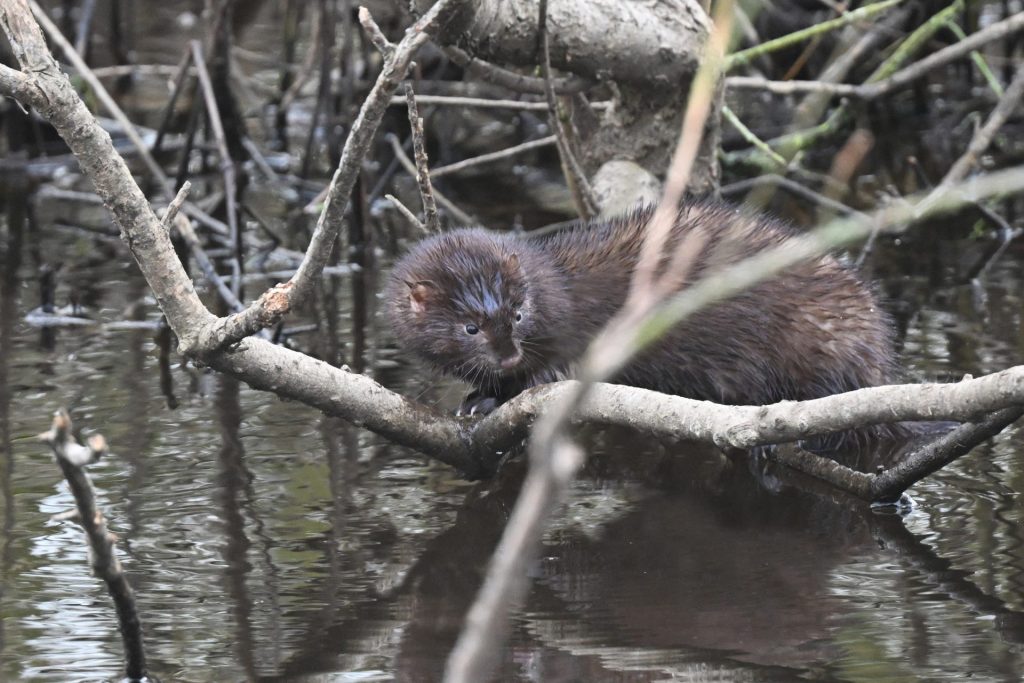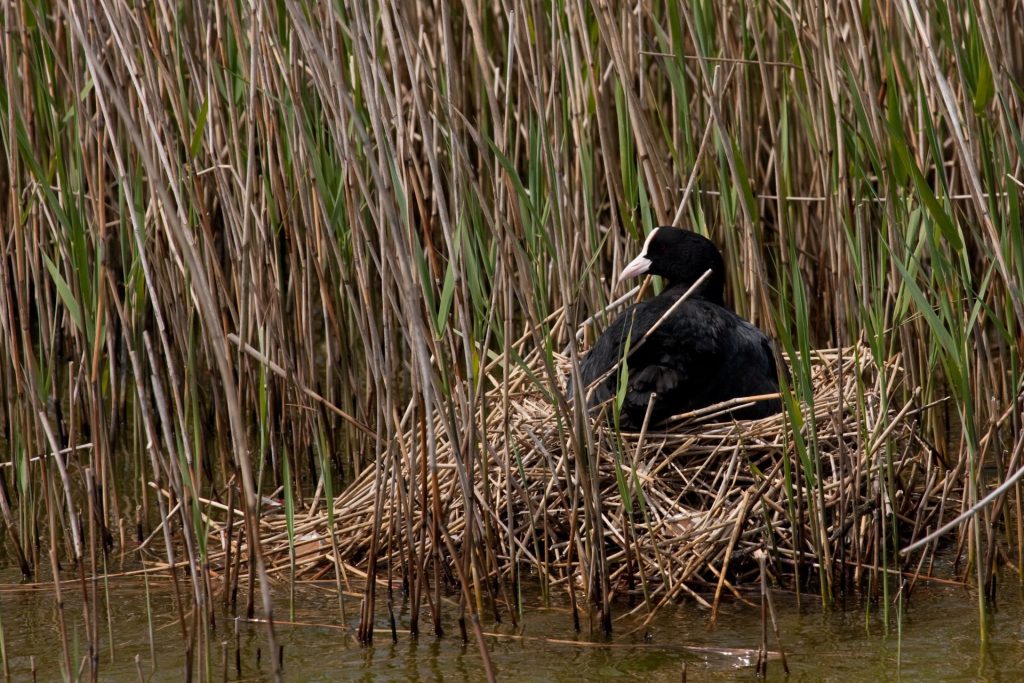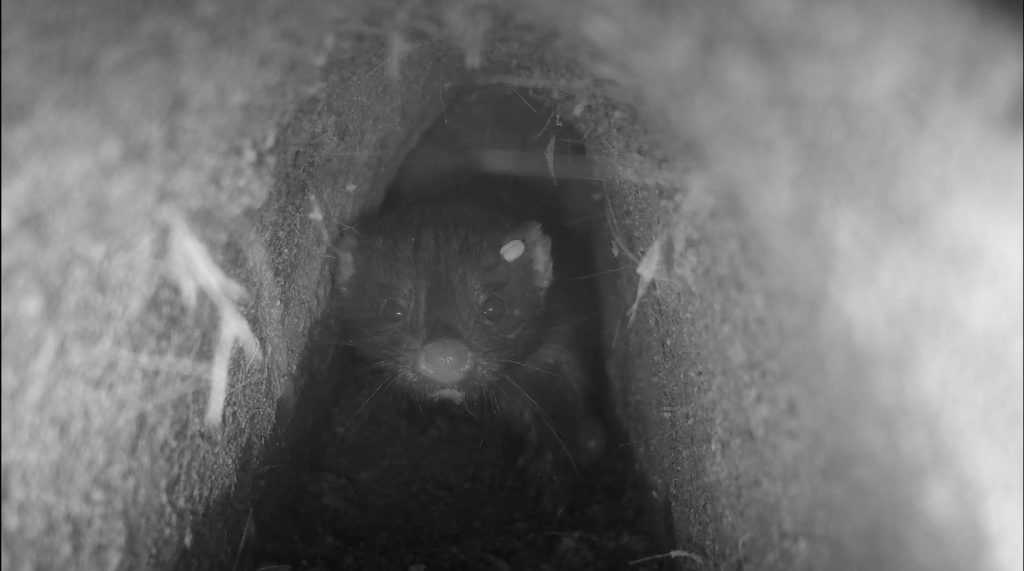Invasive Non-native Species (INNS) are one of the principal threats to biodiversity worldwide. Huge amounts of money are spent annually in the UK on the removal and/or control of species such as Japanese Knotweed Fallopia japonica, American Signal Crayfish Pacifasticus leniusculus and Grey Squirrels Sciurus carolinensis.

One of the UK’s most significant INNS is the American Mink Neogale vison. As the name suggests, this mustelid is native to North America where it coexists naturally with a host of species that have evolved alongside it. Brought to this country for fur farming, the species escaped captivity and were freed by well-meaning animal activists. Unfortunately, our wildlife was very vulnerable to such an effective, voracious predator and the spread of the species across the country has contributed to widespread declines of a range of species.

Some of the most visible species affected are waterfowl including ducks, waders and Kingfishers. The Mink are quick, and excellent swimmers, able to access small cavities so ideally adapted to feeding on eggs and chicks of a variety of birds. They will also take fish, amphibians and small mammals.
Water Voles Arvicola amphibius are the UK’s fastest declining mammal, with predation by Mink one of the principal causes. Mink are able to hunt the Water Voles from the water and on land, leaving them nowhere to escape to. A female Mink and her kits can decimate a Water Vole colony rapidly.
INCC’s upland Water Vole project (https://www.natureconservation.wales/project/saving-waless-upland-water-voles/) is helping us learn a lot more about the populations of this species that have relatively recently been found in the uplands of Wales. It was thought that these populations had persisted in these sub-optimal habitats as a result of American Mink’s reluctance to move into these areas which are lacking in prey species.
Unfortunately, the project has found evidence of American Mink spreading into these upland habitats, posing a huge threat to these colonies, potentially one of the most important Water Vole populations in Wales.

This has led to INCC and partners establishing the South Wales American Mink Partnership (SWAMP). This group includes Neath Port Talbot County Council, Natural Resources Wales, The Wildlife Trust of South and West Wales, Bannau Brycheiniog National Park Authority, Gwent Wildlife Trust and the Lost Peatlands Project.
The partnership contacted The Waterlife Recovery Trust (WRT) who have run an innovative American Mink control project in East Anglia (Waterlife Recovery Trust). They and their partners have shown that humane eradication of Mink from an area the size of East Anglia is achievable using trapping alone. Eradicating Mink from Wales will require a country-wide project but we aim to get it up and running, and have just employed a Mink Control Officer to that end. They will be directed by WRT, whose experience will be crucial, and advised by the SWAMP partners to target and undertake Mink control effectively across Southeast Wales. The hope is that the success of this project leads to a concerted effort to remove the species from Wales, to the benefit of the many species impacted by the presence of this predator.

Great work and brilliant news. I have been following the WRT closely. Perhaps peninsulas such as Pembrokeshire, Gower, Llŷn, and Angsleh would be the best place to start and then work eastwards from these, similar to how WRT started in eastern East Anglia and worked westwards.